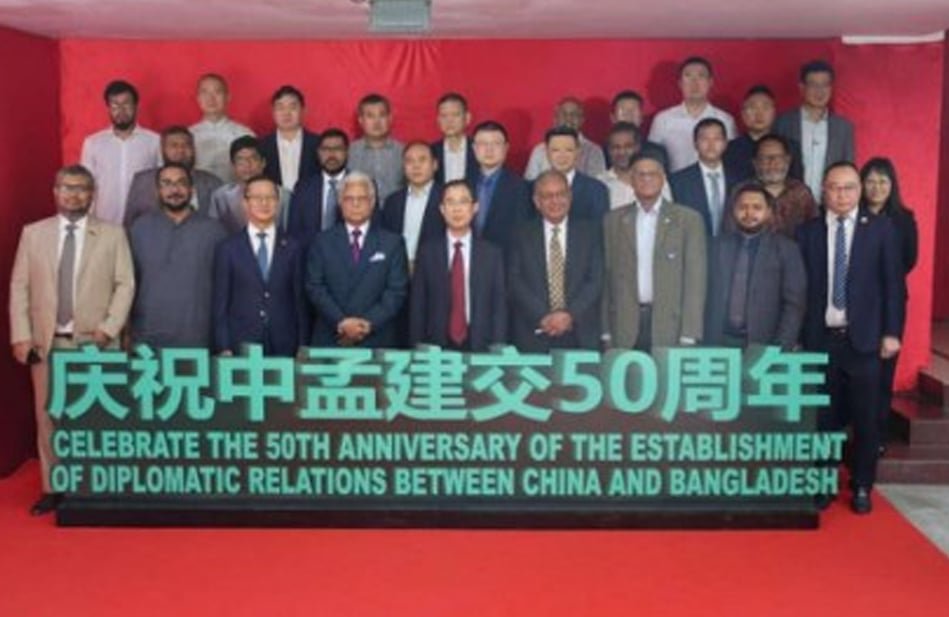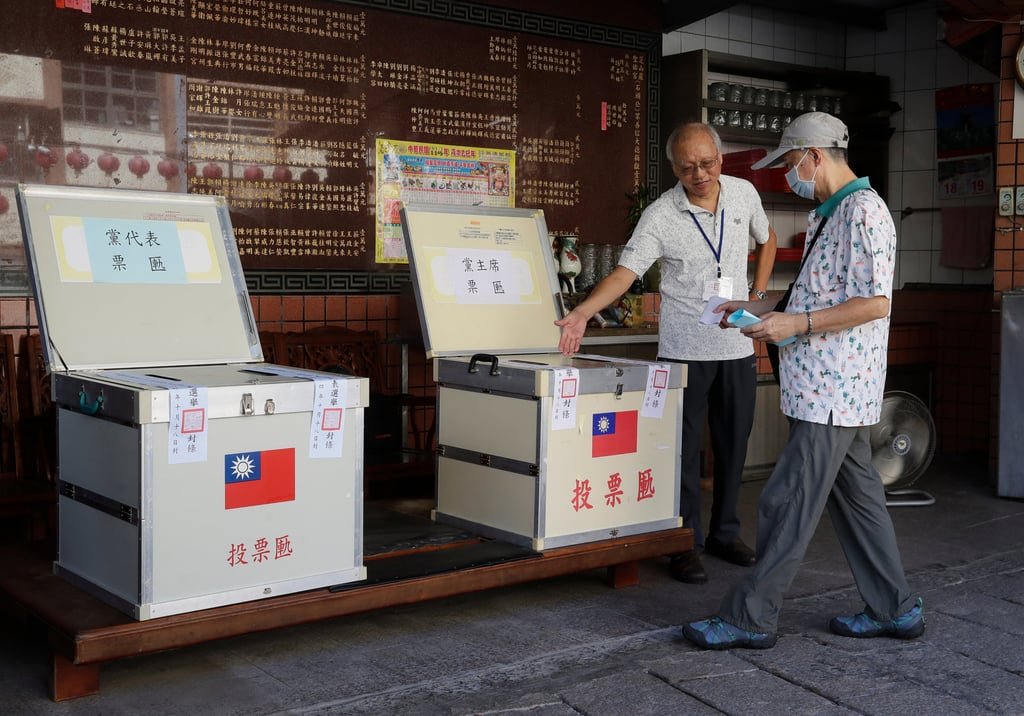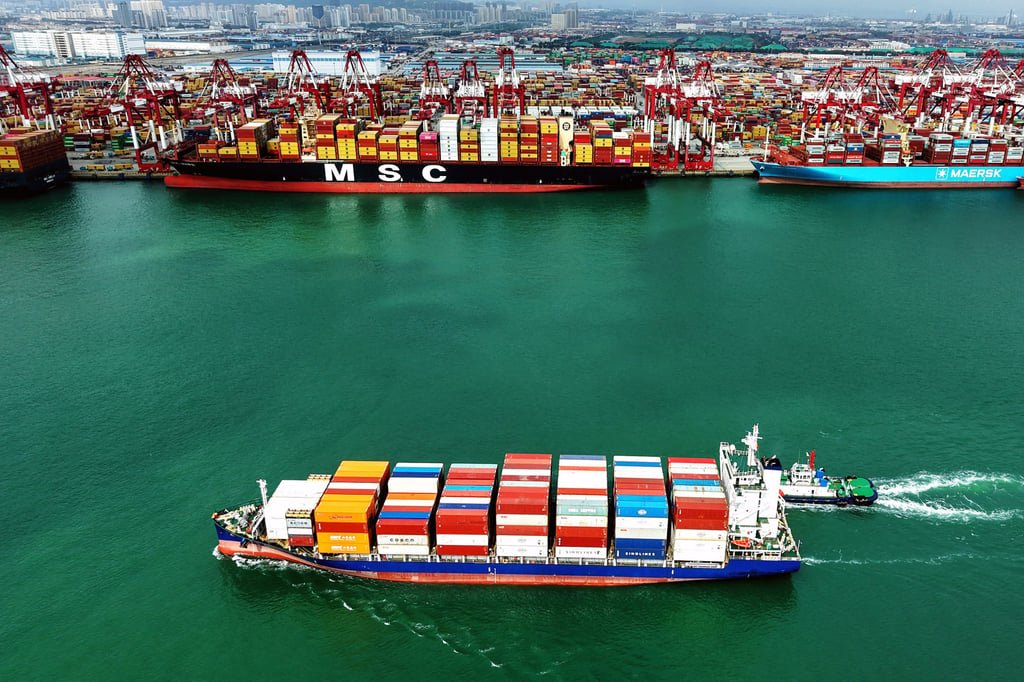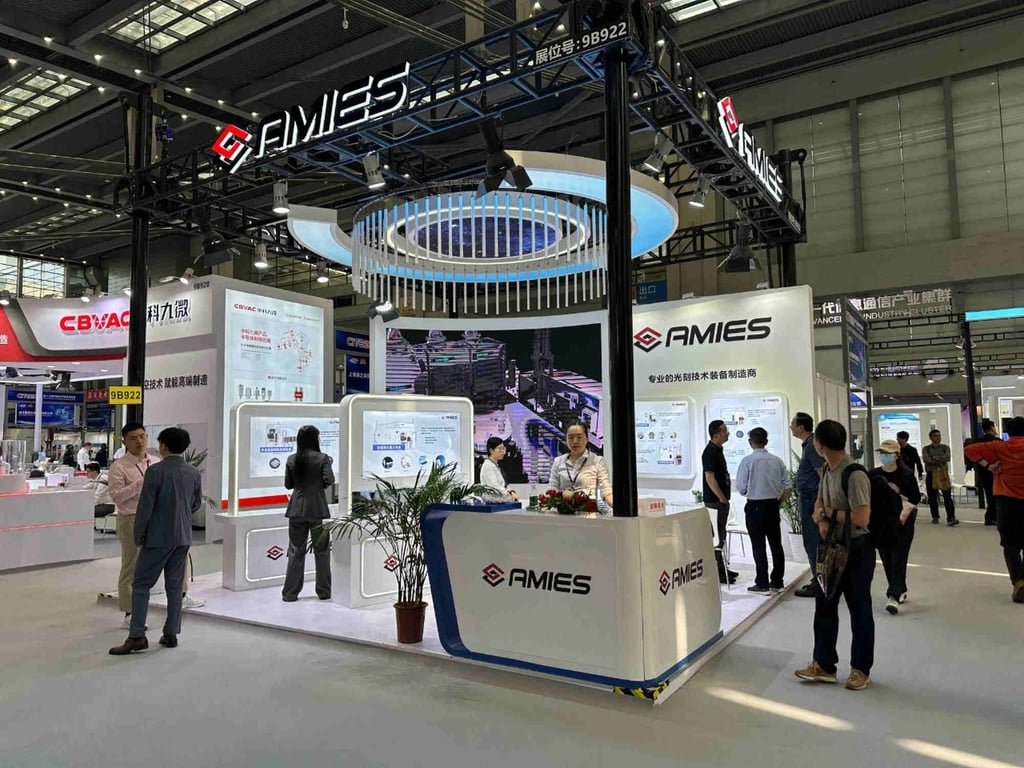“We have full confidence that we will accomplish the economic development goal this year. The economic growth will be around 5 per cent,” Zhu said at a conference in Beijing on Friday, hosted by the Chongyang Institute for Financial Studies at Renmin University.
“I personally think that we will keep this 4.5 to 5 per cent growth annually in the next five years and that will build up a solid foundation to achieve the 2035 goal,” he said, referring to the government’s pledge to “basically achieve socialist modernisation” by that year.
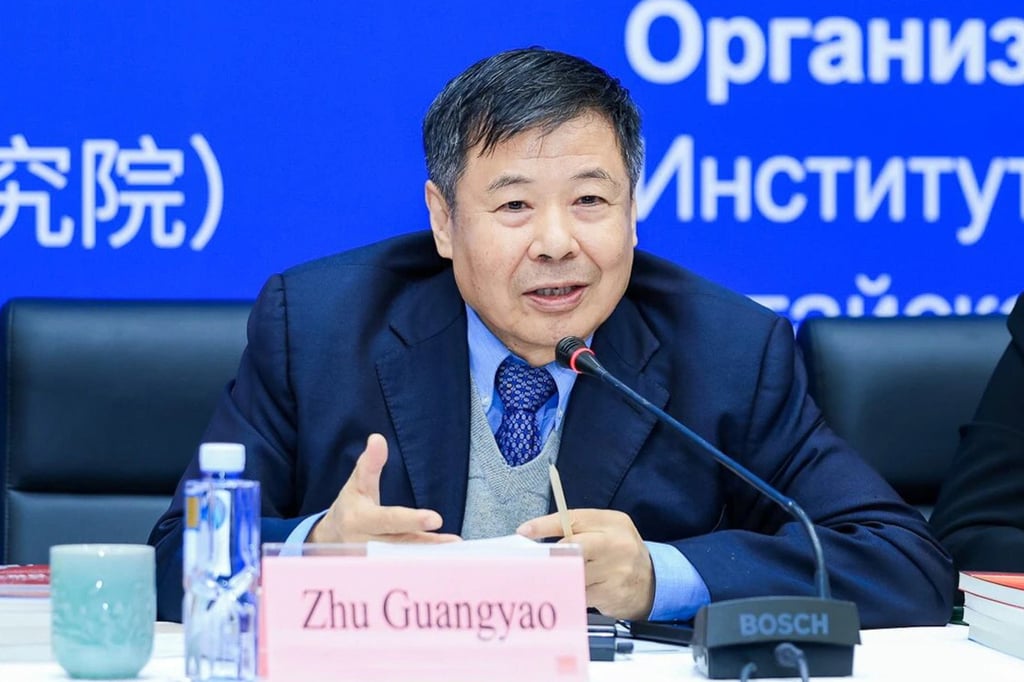
The comments from Zhu, who served as finance vice-minister between 2010 and 2018, come as China prepares for the fourth plenum of the 20th party congress.
The meeting comes at a crucial time for the world’s No 2 economy, as it tackles all-out rivalry with the United States.
The full five-year plan, to be finalised in March during the annual national legislative session, will set key targets and priorities for a wide range of sectors.

